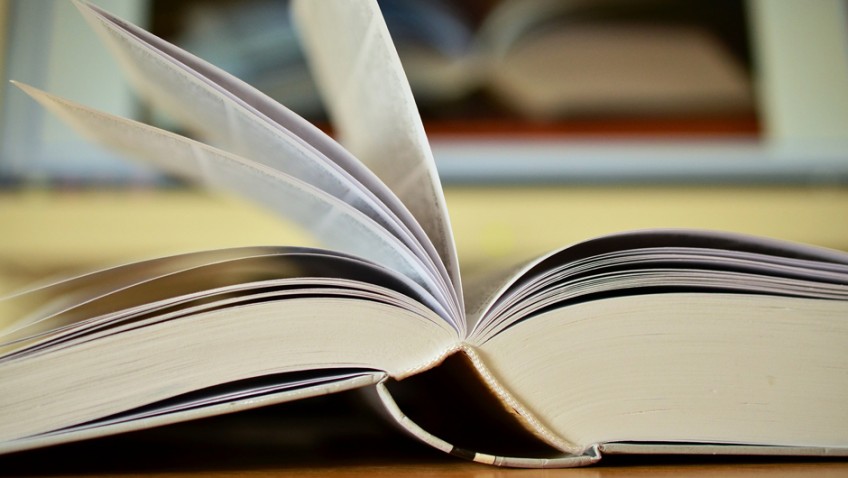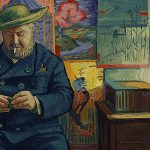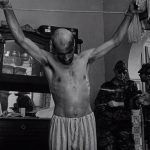Robert Tanitch reviews four art books
Edgar Degas Drawings and Pastels by Christopher Lloyd (Thames & Hudson £16.95). For Edgar Degas (1834-1917), a consummate draughtsman and acute observer, drawing was an end in itself. Independent, single-minded, dexterous, precise and sensitive, he is the master of the dynamics of movement as can be seen in his multiple viewpoints in his portraits of ballet dancers, jockeys, laundresses, milliners and women at their toilette. His nudes are brazen, unabashed, modern not classical. And then there are the landscapes. The work is beautiful and powerful. He had an enormous portfolio of images which could be referred to and reworked. The sheer volume amazes. The spontaneity was the result of long study. “Drawing,” said Degas, “is not what one sees but what one can make others to see.” Christopher Lloyd’s book delights and is terrific value.
The Book of Miracles (Taschen £34.99). The Augsburg illustrated manuscript, recently discovered, was created in 1550 and offers amazing and spectacular apocalyptic visions based on the Bible (Old Testament and Revelations) and folklore. In the 16th century people really did believe in the wrath of God and punishment. Be prepared then for the end of the world. Here are awesome, bizarre and frightening marvels and calamities: bleeding bread and hail, raining blood, deluge, earthquakes, fires, comets and eclipses, plagues of locusts, suns and celestial signs, battling angels, dragons and frozen birds, freakish babies and animals, all heralding death and destruction.
Scythian Warriors of Ancient Siberia (Thames & Hudson £40). The Scythians, feared, loathed and admired, were ancient nomadic people who lived in the Eurasian steppes from 900BC to 200BC. Their migration took them from South Russia to China and to the North Black Sea. For those interested in the Ancient world and Russian culture the BP exhibition at the British Museum and this book will be particularly welcome. There are no written records by the Scythians. The book is thus a record of gold, leather, fur and felt objects preserved in the Siberian permafrost. The Scythian warriors, masters of mounted warfare, were highly skilled metal workers. There is a fascinating collection of decorative and opulent bowls, combs, belts, bracelets, earrings, necklaces, headgear, bridles, scabbards and plaques, many in the shape of animals in combat, much of it in Peter the Great’s Collection.
Tom of Finland XXL (Taschen £49.50). Tom of Finland is the pseudonym for Touko Valio Laaksonen (1920-1991), an artist, pornographer and liberator, who was a major influence in gay culture. He honed his skills during World War 2 in the parks of Helsinki. Sexually explicit, no positions barred, his photorealist drawings are orgiastic, sadomasochistic, homoerotic fantasies. Everything is extremely exaggerated. The Brobdignagian chests, biceps, buttocks, phalli are propaganda images, ironic and hyper-masculine parodies. His models, big lads, are square-jawed, swaggering, smiling sailors, bikers, policemen and lumberjacks. They are body-builders to a man, all brawn, rigid worshipers at the Temple of Dionysus.
To learn more about Robert Tanitch and his reviews, click here to go to his website








